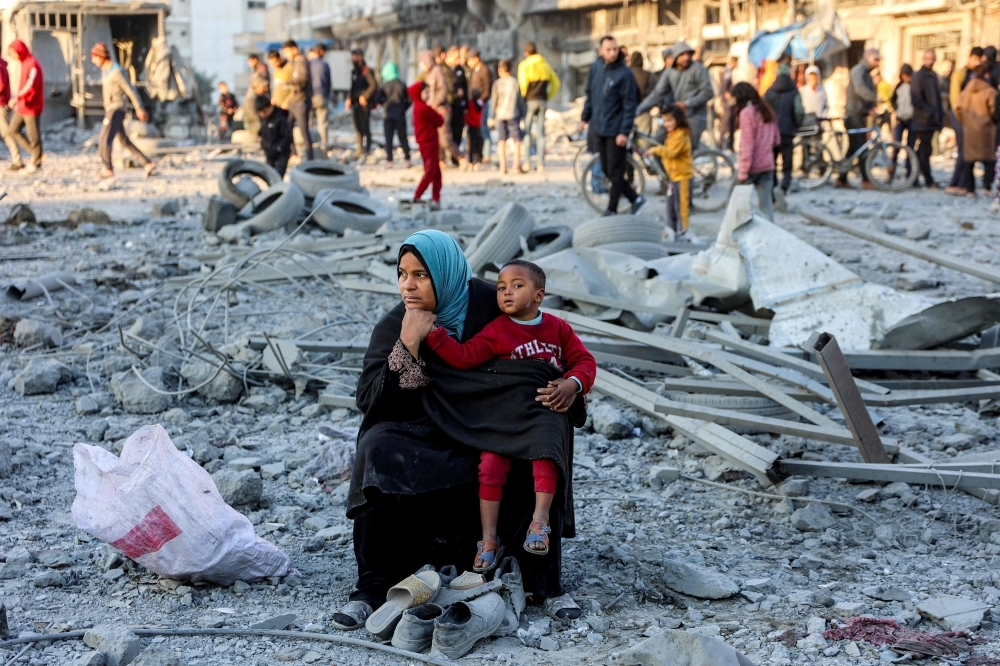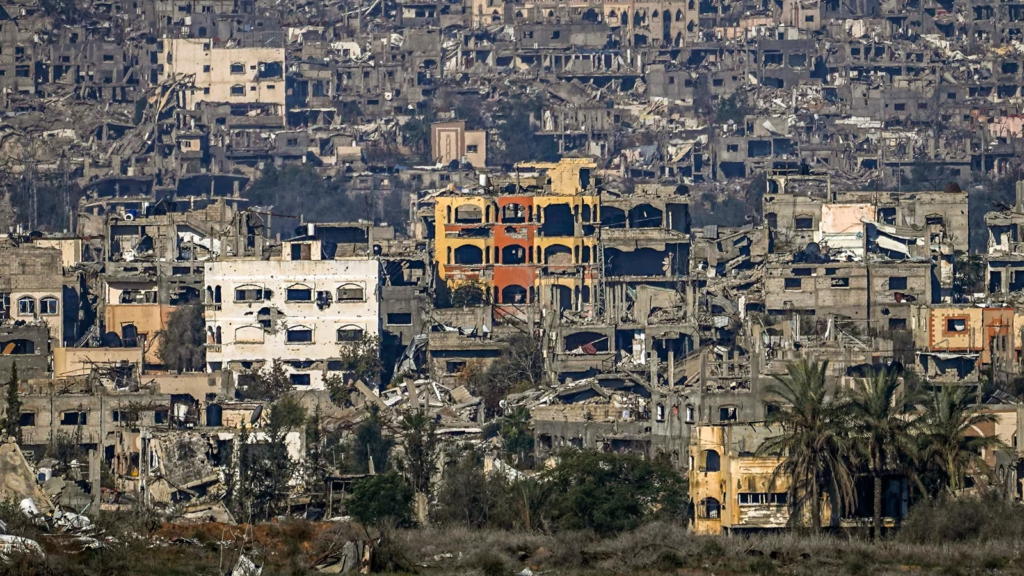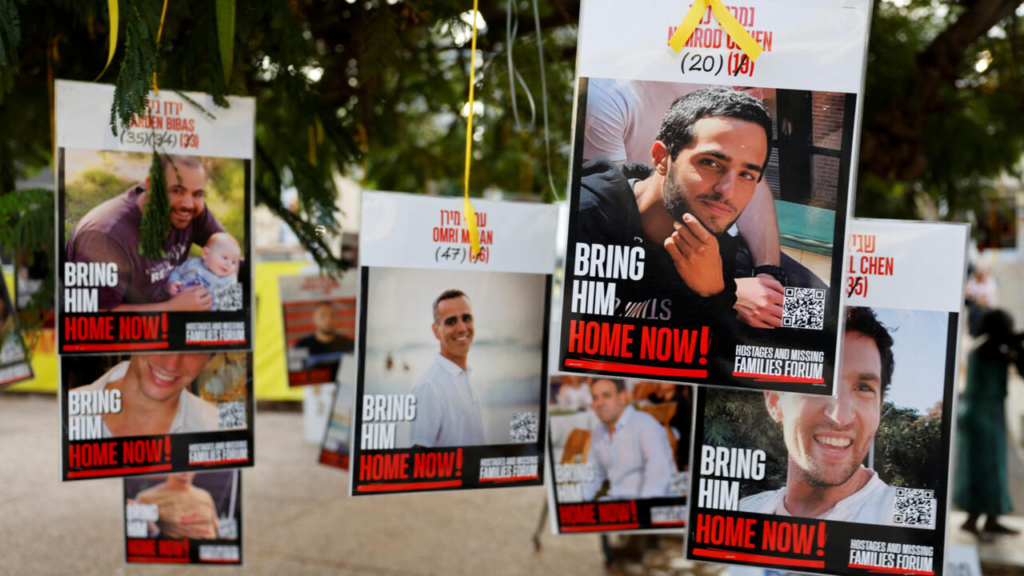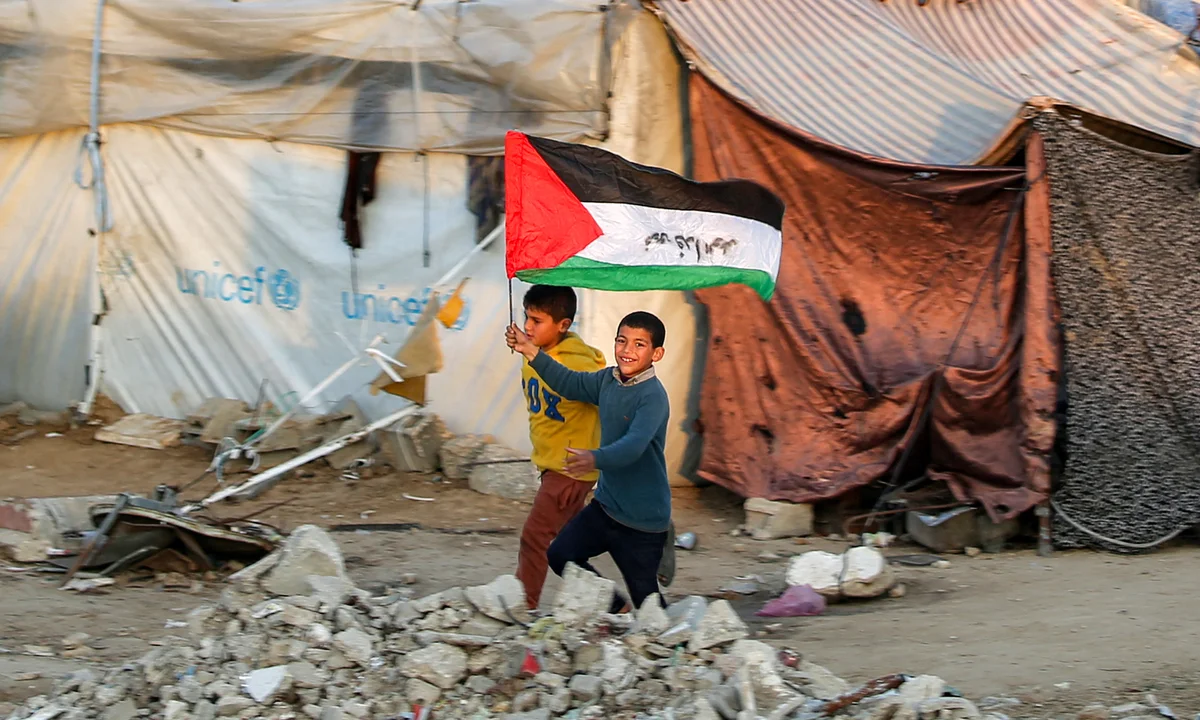The announcement of a ceasefire agreement between Israel and Hamas has brought cautious optimism to a region ravaged by over 15 months of intense conflict.
The first phase of this ceasefire, set to begin on January 19, 2025, introduces a six-week truce designed to facilitate the exchange of hostages and prisoners, while also giving hope to displaced Palestinians seeking a return to their homes.
Key Details of the First Phase of the Ceasefire Agreement
The ceasefire agreement, reached after intense negotiations mediated by Qatar, Egypt, and the United States, aims to bring a temporary halt to the hostilities between Israel and Hamas, allowing for the release of 33 hostages and 737 prisoners.
The deal, endorsed by Israeli Prime Minister Benjamin Netanyahu’s cabinet despite opposition from hard-right factions within the government, offers a glimmer of hope for those affected by the brutal conflict that began with Hamas’ surprise attack on Israel on October 7, 2023.
The first phase of the ceasefire deal will last for 42 days, with the goal of creating a temporary period of calm. The centerpiece of this agreement is the release of hostages taken by Hamas during the initial stages of the conflict.
According to Qatar’s Prime Minister Sheikh Mohammed bin Abdulrahman bin Jassim Al-Thani, the hostages will include civilian women, children, the elderly, and sick individuals. Additionally, some sources have confirmed that the first to be released will include three Israeli women soldiers, though Hamas refers to all Israelis of military age as soldiers.
The hostages will be freed in a series of releases, with a focus on ensuring that these individuals receive medical care and psychological support after their ordeal.
Read : Jamie Lee Curtis Criticized for Comparing Los Angeles Wildfires to Gaza Crisis
Hostages will be released at three designated points along the Gaza border: Kerem Shalom, Erez, and Reim, where they will undergo medical examinations. Afterward, they will be transported to hospitals in Israel for further care, and efforts will be made to reunite them with their families.
Read : Hamas Is Ready to Deal Positively with Any Proposal That Ends War in Gaza
In exchange for the release of these hostages, Israel has agreed to release 737 Palestinian prisoners. These individuals will include men, women, and children who have been detained in Israeli prisons.
According to Israeli government spokesperson David Mencer, Israel is prepared to pay a high price for the release of these hostages, though the specifics of the agreement have not been made public.
Israel has stated that no prisoner will be released before 4 p.m. on the first day of the ceasefire, marking the beginning of what is expected to be a complex and carefully managed exchange.

In addition to the release of hostages and prisoners, Israeli forces will adjust their military operations in Gaza. During the first phase of the ceasefire, Israeli troops will withdraw from specific areas of the Gaza Strip, particularly those that are densely populated or near the Gaza-Israel border. This is expected to allow the safe passage of displaced Palestinian civilians and the movement of prisoners.
However, Israeli forces will not completely withdraw from Gaza until all hostages are returned, and a buffer zone will remain in place for security reasons. The exact boundaries of this buffer zone have not been disclosed, but Israeli military sources have indicated that it will extend up to 800 meters inside Gaza from Rafah in the south to Beit Hanun in the north.
The Role of Mediation and International Involvement
One of the most notable aspects of this ceasefire deal is the involvement of international mediators, particularly Qatar, Egypt, and the United States. The mediation efforts have been crucial in facilitating the dialogue between the warring parties, with each of these countries playing a key role in shaping the terms of the truce.
Qatari Prime Minister Sheikh Mohammed bin Abdulrahman bin Jassim Al-Thani has been instrumental in pushing for the release of hostages and the implementation of a temporary ceasefire. Both Egypt and the United States have also been key players in ensuring that the ceasefire proceeds smoothly and in setting up mechanisms for the monitoring of the agreement.
Qatar has long been a mediator in the Israeli-Palestinian conflict, and its close relationship with Hamas has allowed it to act as an intermediary in negotiations. Egypt, which shares a border with Gaza, has played an essential role in facilitating the movement of prisoners and ensuring that humanitarian aid can reach those in need.
The United States, despite its close ties to Israel, has expressed support for the ceasefire and has worked with its allies to pressure both Israel and Hamas to adhere to the terms of the deal.

US officials have been closely involved in the negotiations, and outgoing President Joe Biden has underscored the importance of the second phase of the ceasefire, which is expected to bring a more permanent resolution to the conflict.
The Biden administration has stated that the second phase of the agreement will include the release of remaining hostages and the withdrawal of Israeli forces from Gaza, a development that could mark the beginning of a more lasting peace process.
The United States, along with Qatar and Egypt, will continue to monitor the ceasefire deal through a dedicated body based in Cairo. This oversight mechanism is intended to ensure that both Israel and Hamas remain committed to the terms of the ceasefire, and it will be a critical part of the process as the conflict moves into the next phases.
What Comes Next? The Path Toward Phase 2 and 3
The first phase of the ceasefire deal is a significant step toward ending the violence in Gaza, but it is only one part of a much larger and more complex negotiation process. The ceasefire deal has been described as a temporary pause in the fighting, and it is expected that the second phase will begin after 16 days of implementation.
Phase two negotiations are expected to focus on the continued release of prisoners, the return of more hostages, and the eventual withdrawal of all Israeli troops from Gaza. While the first phase provides a temporary reprieve, the second phase will aim to secure a more permanent resolution to the conflict and pave the way for further peace talks.
Israeli officials have expressed cautious optimism about the second phase, with the hope that the ceasefire will eventually lead to a broader peace agreement.

However, challenges remain, particularly regarding the release of all hostages and the withdrawal of Israeli forces. It is also unclear how Hamas will respond to pressure for further compromises, given its longstanding commitment to resistance against Israeli occupation and its refusal to recognize the state of Israel.
The third phase of the ceasefire deal will likely focus on long-term issues, including the future of Gaza, the rebuilding of infrastructure, and the normalization of relations between Israel and the Palestinian territories. It is hoped that this phase will address some of the root causes of the conflict, such as territorial disputes, access to resources, and the political status of Gaza.
In the meantime, both Israel and Hamas will be closely monitored by the international community, with significant pressure on both sides to adhere to the terms of the agreement. The ultimate goal is to end the conflict in Gaza, prevent further loss of life, and create a path toward lasting peace in the region.
A Fragile Hope for Peace
While the first phase of the ceasefire agreement between Israel and Hamas offers hope for a temporary pause in the violence, the road ahead remains uncertain. The successful release of hostages and prisoners is an important milestone, but it is only a small part of the broader effort to end the war and address the underlying issues that have fueled the conflict.
The role of international mediators, particularly Qatar, Egypt, and the United States, will continue to be critical in ensuring that both sides stick to their commitments and that the ceasefire leads to meaningful progress.
However, the challenges of achieving lasting peace in Gaza are immense, and it remains to be seen whether this ceasefire deal can pave the way for a more comprehensive resolution to the Israeli-Palestinian conflict.
In the coming weeks, as the second phase of the ceasefire is negotiated, the world will be watching closely. The fate of 33 hostages and 737 prisoners may be the first step toward a more permanent peace, but it will take much more to heal the deep wounds inflicted by over a year of brutal conflict.

